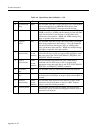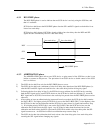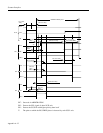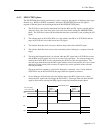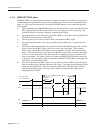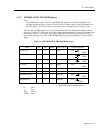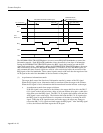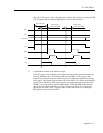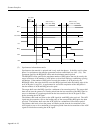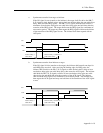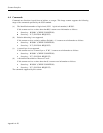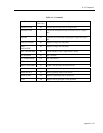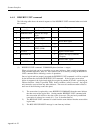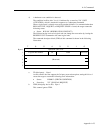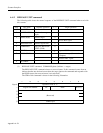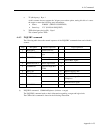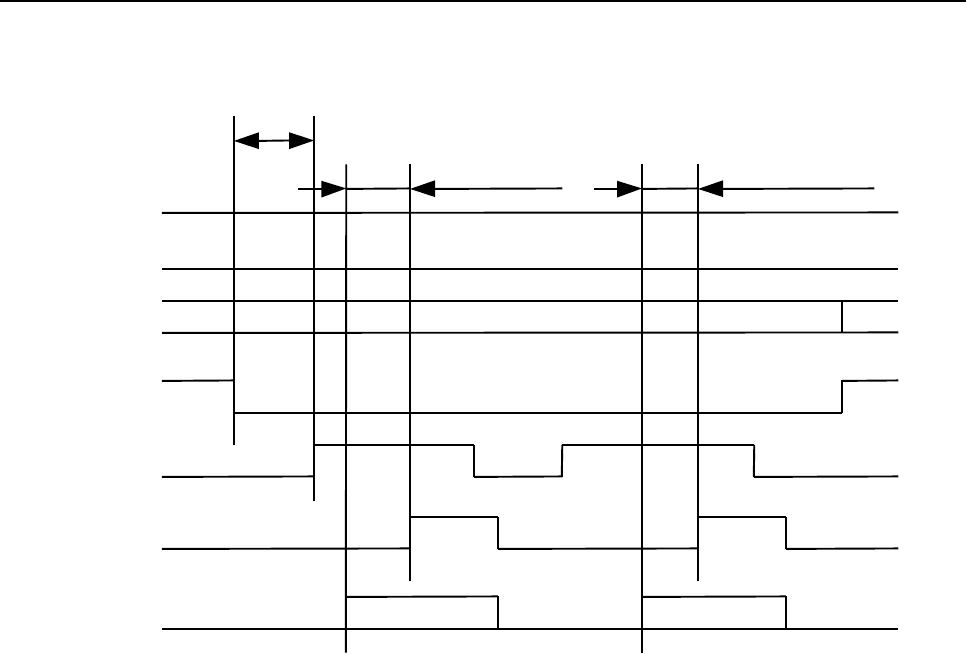
Scanner Interface
Appendix A-18
(2) Synchronous information transfer
Synchronous data transfer is optional and is only used data phases. It shall be used in a data
phase if a synchronous data transfer agreement has been established (see 4.6.2. (13)). The
agreement specifies the REQ/ACK offset and the minimum transfer period.
The REQ/ACK offset specifies the maximum number of REQ pulses that can be sent by the
target in advance of the number of ACK pulses received from initiator, establishing a pacing
mechanism. If the number of REQ pulses exceeds the number of ACK pulses by the
REQ/ACK offset, the target shall not assert the REQ signal until after the leading edge of the
next ACK pulse is received. A requirement for successful completion of the data phase is
that the number of ACK and REQ pulses be equal.
The target shall assert the REQ signal for a minimum of an assertion period. The target shall
then wait at least the greater of a transfer period from the last transition of the REQ signal to
true or a minimum of a negation period from the last transition of the ACK signal to false
before asserting the ACK signal.
The initiator shall send one pulse on the ACK signal for each REQ pulse received. The ACK
signal may be asserted as soon as the leading edge of the corresponding REQ pulse has been
received. The Initiator shall assert the ACK signal for a minimum of an assertion period.
The initiator shall wait at least the greater of transfer period from the last transition of the
ACK signal to true or for a munimum of a negation period from the last transition of the ACK
signal to false before asserting the ACK signal.
deskew delay +
cable skew
delay
deskew delay
+ cable skew
delay
bus settle
delay
BSY
SEL
C/D, MSG
REQ
ACK
DB
I/O



